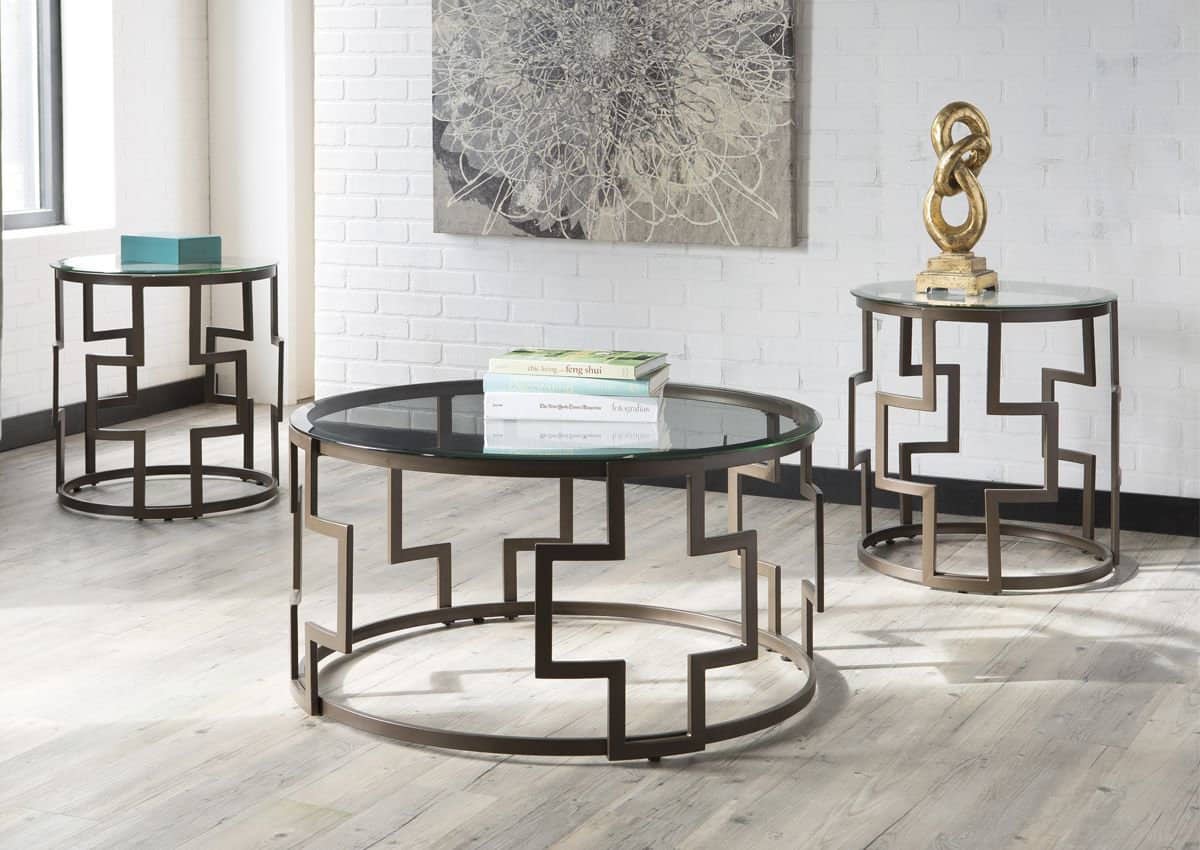Note from architect: The Interlock is a brand-new, five-story mixed-use structure in London’s Fitzrovia, where Riding House Street meets Wells Street. It was created by Bureau de Change architects for the developer, HGG London, which was founded to commission creative, design-driven architecture.

There is a remarkable diversity of architectural styles on Riding House Street. From John Nash’s All Souls church at its furthest east, the street veers wildly between terraces from the 19th century, post-war commercial buildings, concrete slab buildings, and residential complexes from the 20th century. Brickwork, which is frequently so plentiful that it becomes the road surface, is the preferred façade material and unifies the street’s disjointed appearance.

In order to create a structure of unclear heritage that is both historic and modern, familiar and alien, The Interlock takes inspiration from this history and responds by recasting the brick façade of the nearby 19th-century terrace.

London brick’s conventional dimensions were abandoned in favor of a set of forty-four crooked, seemingly unstackable clay bricks. The relationships between the materials and the structure help to shape the patterns that are apparent across the surface. The bricks swell and bow between levels, seem to lap up against windows, and resemble an inset frame to indicate the building’s perimeter.

The bricks seem to change and twist like cogs to onlookers. Without compromising the integrity of the surface form, each facet of the facade could be independently modified to satisfy structural and construction criteria by using 3D modeling.

Staffordshire Blue Clay was chosen to contrast with the brickwork that was already present in the area. To achieve the matt blue color, the marl clay was placed into 14 artisan steel molds and burned in oxidation. The 30 “offspring” were created by dividing these 14 “parent” bricks after they were fired. The 5,000-block landscape was built over the course of three months. To determine each brick’s number, typology, and position, the fabrication team employed 1:1 printed templates. With each brick representing a different note to lay, these 188 templates looked like a building document when assembled on site.

Behind the façade, sit three new residential units and a café at street level with a gallery beneath. The regularity of the façade’s proportion and fenestration belies the complexity of the building’s volume and massing.

At the rear, the building is set out as a series of stacked boxes of varying form and size. Each floor is shallower than the last, with the deepest floor plan at the bottom and the smallest at the top. Within this stepped form sits a series of deep light wells and skylights that track daylight in to the centre and edges of the building, creating internal patios on the lowest floors and light wells on others. Facing the street, the rooms overlook the busy street and on higher floors, the rooftops and domes of nearby buildings. At the rear, the light is more diffused, creating calm in the private spaces.

Inside, the units are finished in a simple elemental palette—terrazzo bathrooms, natural stone worktops, sprayed-timber kitchens, and oak floors.

The building’s light-filled café at the base provides a contrast to the façade’s bulk and inkiness. In a manner reminiscent of decorative plasterwork, the heavy-set mullions are cut in half and extruded from their frames to create ribbons that bend and fold over the ceiling.
© McCarragher Gilbert
Only the oak cuts that border the floor and counter tops break up the monotone color scheme. A specially designed gallery space that hosts presentations, workshops, and exhibitions is located on the floor beneath the café.

The project represents a shared vision between the developer and architect to take London’s architecture and re-approach it in a way that brings something new to the streetscape.
If you’re seeking another inspiration from cutting-edge architecture, look no further than The Gherkin in London, an awe-inspiring gem that redefines the skyline of London and leaves visitors in awe.
Project Information
Architect: Bureau de Change
Structural Engineer: HRW
M&E Engineer: MWL Group
Client: HGG London
Contractor: Phillip Banks
Facade contractor: Irvine Whitlock
Brick fabricator: Forterra
Location: London, UK
Completed: 2019
































